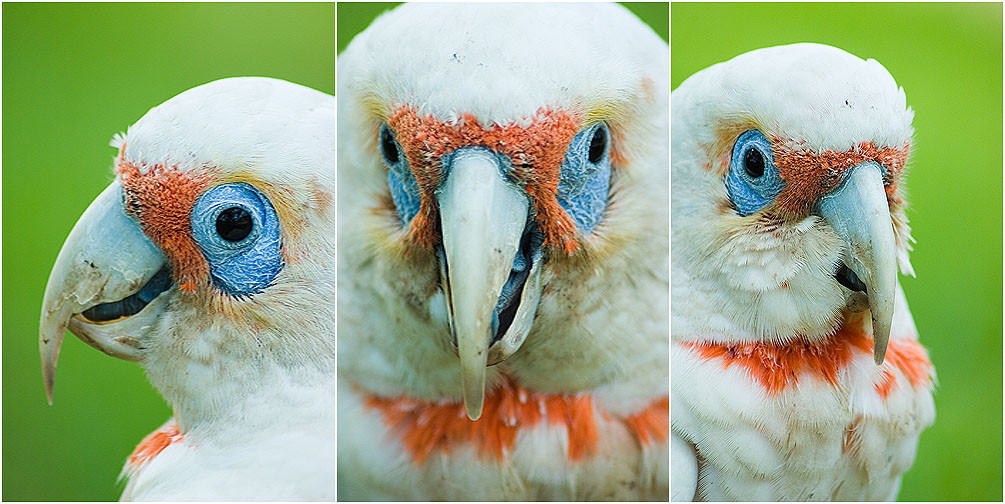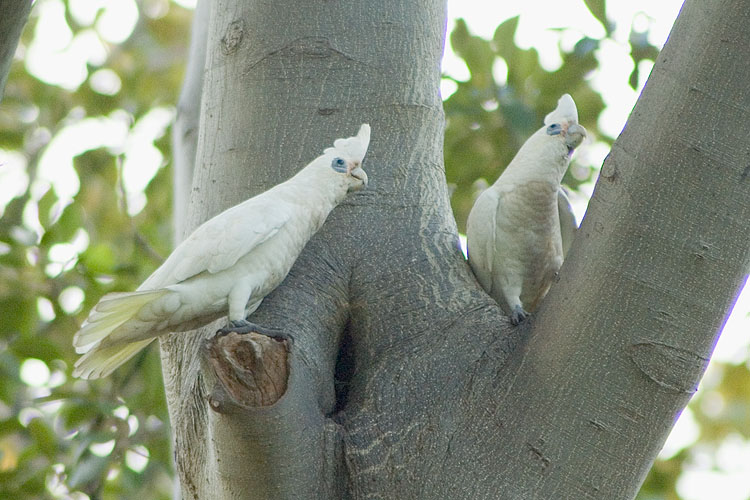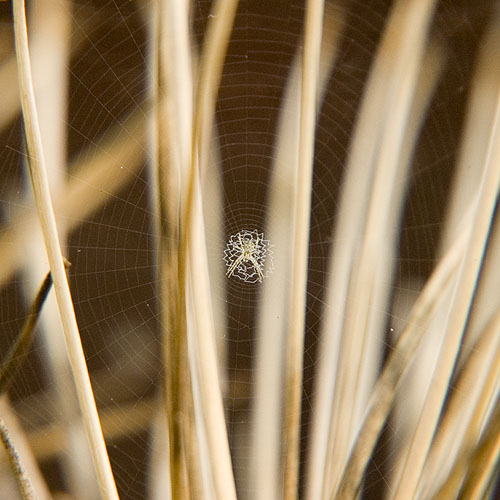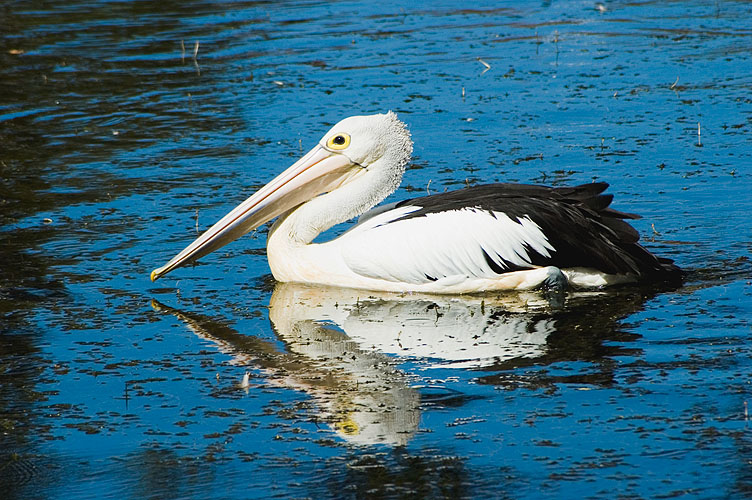On Good Friday morning, Sydney Harbour is filled with mist. Even the biggest construction in the harbour is hazed, in a pleasing way.
Monthly Archives: April 2006
Suwannakorn #12
Songkran Day
Calm New Day
Long-billed Corella
In the same flock of corellas in Victoria Park, Sydney, some of them are distinctively different with pink splashes on their throats. Obviously, there is another life form in the group, the long-billed corellas (Cacatua tenuirostris). I begin to wonder why these two birds are grouping together in the urban environment. They are clearly closer cousins in the cockatoo family (Cacatuidae) than the somewhat more urbanised sulphur-crested cockatoos (Cacatua galerita). They are all social birds, anyway.
Like little corellas, their distribution in Australia has crossed into the city, only much smaller and just in the Sydney area, regarding Wikipedia.
This old one is isolated from the others. While the rest is called out and go to the trees, it still is picking grass seeds from the ground. It lets me approach close to get these shots, so close that I can notice a tag on its foot. Apparently, it is experienced being photographed.
Little Corellas
At first, by the their squeaks and white bodies in the distance, I thought they were a flock of sulphur-crested cockatoos, somewhat urbanised feathered friends. But it turns out that these birds, hanging around in Victoria Park, Sydney, are Corellas, close cousins in the same cockatoo family (Cacatuidae). This particular couple is Little Corellas (Cacatua sanguinea).
According to the 1986 edition of Simpson and Day’s Field Guide to the Birds of Australia, their range was just the inland outback and along the coast of Western Australia, Northern Territory and some of the North Queensland. However, the current edition and the Wikipedia say they are in east coast urban areas such as Cairns, Brisbane and Sydney too. This is quite fascinating for me to see wildlife migration to the cities. It reminds me how humans have effected the lives of others in the system.
First Stop
There was a spider egg sac in the back garden. I kept checking it out to see what it was because I could not find any resource to identify it. The spiderlings hatched but they were too tiny to pinpoint them. A couple of days later they started to produce silk and began their journey away as the wind carried them.
Just across the pathway from their birthplace, this spiderling has an old agapanthus flower stem as its first stop. Now I can see what it is. Stabilamentum—the zig zig orb in the centre—is the unique feature of St Andrew’s cross spider. This pattern of stabilamentum will change to a cross figure as it grows up.
Big Chill
It is the first time I have seen an Australian pelican (Pelecanus conspicillatus) in Victoria Park, Sydney, but probably not the first time this one has been here. It seems to be confidently strolling and fishing in the pond by itself with its large bill. Pelicans are commonly found in parks where there is food in the ponds, especially at the Sydney Fishmarket, where the meals are. Of all the Sydney urban birds, I find them cool and calm, big birds with no attitude, unlike those pestering silver gulls or dull sacred ibises.







